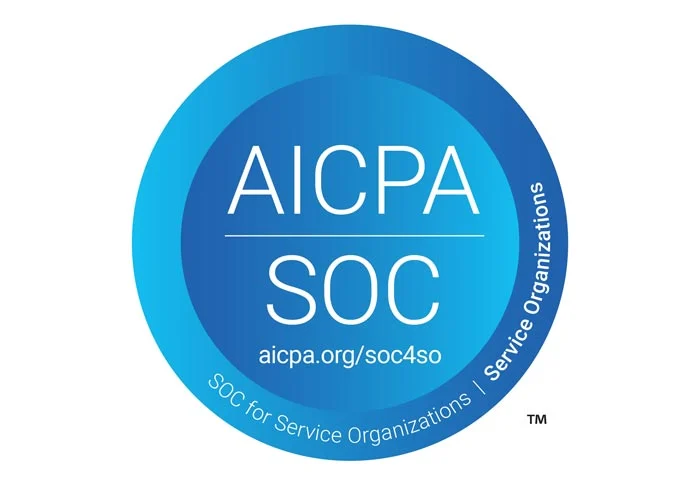The 18 CIS Critical Security Controls
Formerly the SANS Critical Security Controls (SANS Top 20) these are now officially called the CIS Critical Security Controls (CIS Controls).
CIS Controls Version 8 combines and consolidates the CIS Controls by activities, rather than by who manages the devices. Physical devices, fixed boundaries, and discrete islands of security implementation are less important; this is reflected in v8 through revised terminology and grouping of Safeguards, resulting in a decrease of the number of Controls from 20 to 18.
Click on the individual CIS Control for more information:




